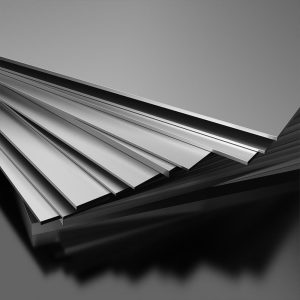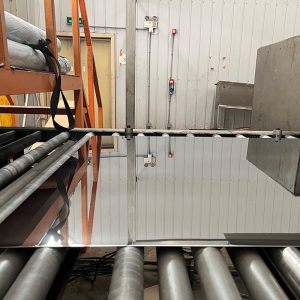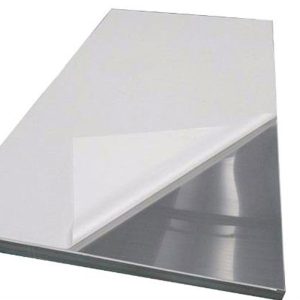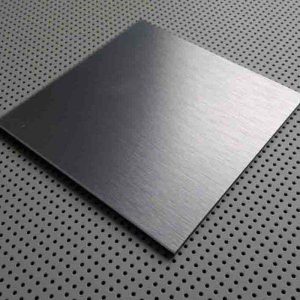Is 316L stainless steel good quality?
09-10-2024
In the vast world of metals and alloys, stainless steel stands out as a versatile and reliable material used across numerous industries, from culinary arts to heavy-duty engineering. Among the various grades of stainless steel, 316L is a particularly popular choice due to its superior corrosion resistance and other favorable properties. The question "Is 316L stainless steel good quality?" merits a thorough examination, considering its widespread adoption and the specific benefits it offers.
Basic characteristics of 316l stainless steel
316L stainless steel, also known as marine-grade stainless steel, is an austenitic alloy that belongs to the 300 series of stainless steels. It is a low-carbon version of 316 stainless steel, with the "L" suffix indicating a maximum carbon content of 0.03%, which further enhances its resistance to intergranular corrosion. This grade is primarily composed of chromium (16-18%), nickel (10-14%), molybdenum (2-3%), and small amounts of other elements such as manganese, silicon, and sulfur, all contributing to its unique properties.
Key Qualities of 316L Stainless Steel
● Excellent Corrosion Resistance: The addition of molybdenum to 316L stainless steel significantly improves its resistance to pitting and crevice corrosion in chloride-containing environments, such as seawater or saline solutions. This makes it ideal for use in marine applications, chemical processing, and food processing equipment.
● Low Carbon Content: The low carbon content minimizes the risk of carbide precipitation at grain boundaries during welding, thereby reducing the likelihood of intergranular corrosion. This feature is crucial for applications where welding is required and corrosion resistance is paramount.
● High Strength and Durability: Despite its corrosion resistance, 316L stainless steel also exhibits good mechanical properties, including high tensile strength and yield strength. This combination of strength and corrosion resistance makes it suitable for demanding applications that require both durability and longevity.
● Ease of Fabrication and Welding: 316L stainless steel can be easily formed, machined, and welded, making it a versatile material for a wide range of manufacturing processes. Its low carbon content further simplifies welding operations and minimizes the need for post-weld heat treatment.
● Aesthetically Pleasing: With a smooth, shiny surface that can be polished to a mirror finish, 316L stainless steel is also visually appealing. This aesthetic quality, combined with its durability, makes it a popular choice for architectural applications, including railings, exterior cladding, and decorative elements.
Applications of 316L Stainless Steel
● Marine Industry: Used in boat fittings, pumps, valves, and other components exposed to saltwater.
● Chemical Processing: Ideal for equipment and piping that handle corrosive chemicals.
● Food and Beverage Industry: Widely used in brewing, dairy, and canning equipment due to its non-toxic and easy-to-clean properties.
● Medical Devices: Selected for surgical instruments, implants, and other medical equipment due to its biocompatibility and corrosion resistance.
● Architectural Elements: Employed in high-end architectural projects for its durability, aesthetics, and low maintenance requirements.
Conclusion
316L stainless steel is indeed of exceptional quality, as evidenced by its superior corrosion resistance, food-grade compatibility, medical-grade safety, durability, strength, and aesthetic appeal. Its wide range of applications across diverse industries underscores its versatility and reliability. Whether you're looking for a material for marine construction, food processing, medical implants, or any other application where corrosion resistance and durability are paramount, 316L stainless steel is an excellent choice.









